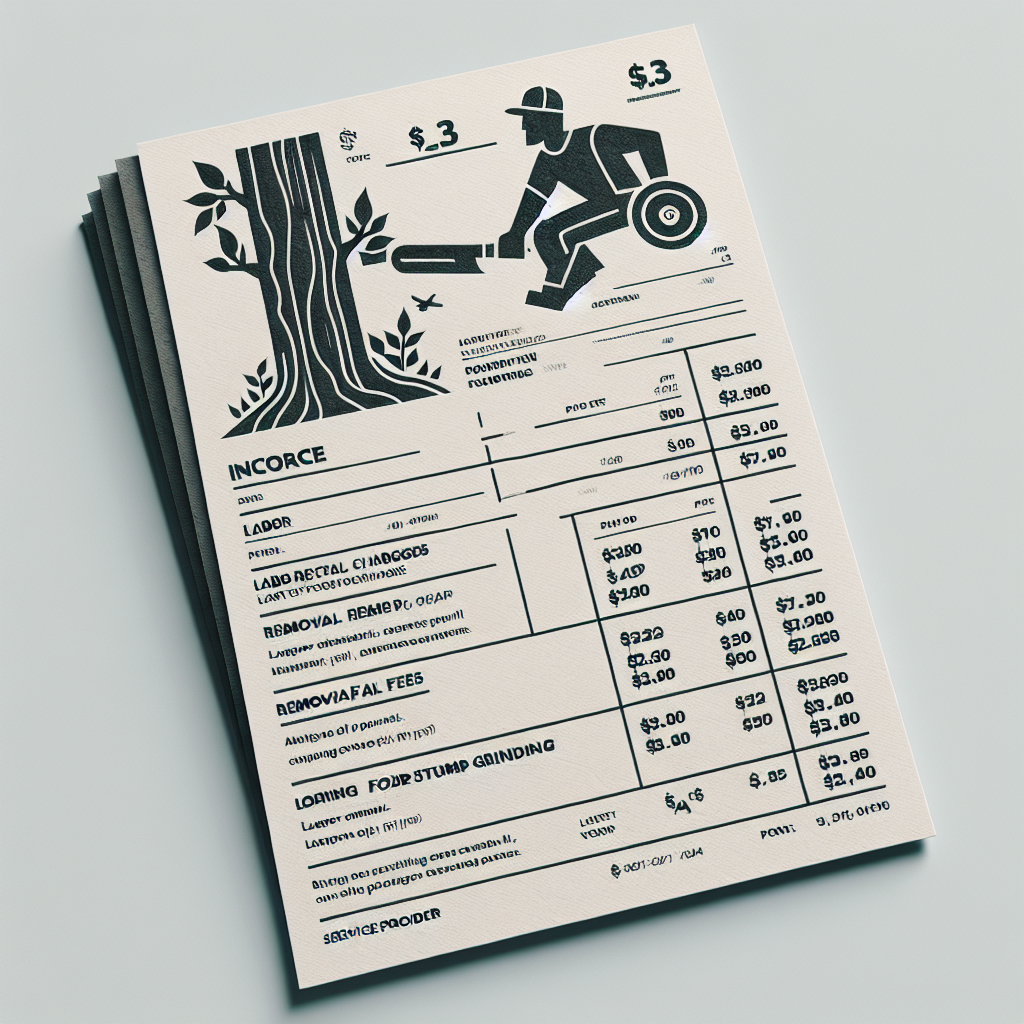
How much is it to cut down a tree
Understanding the Cost of Tree Removal
When you find yourself in a situation where a tree needs to be cut down, whether due to safety concerns, property development, or disease, one of the primary questions on your mind is likely, "how much is it to cut down a tree?" While this inquiry appears straightforward, the answer can be as complex as many factors influence the overall cost.
The Factors Affecting Tree Removal Costs
The cost of cutting down a tree varies significantly based on several factors. Here are some key elements to consider:
- Tree Size: Larger trees generally cost more to remove due to the increased labor and equipment required.
- Tree Condition: A diseased or dead tree may require special handling, potentially impacting the overall price.
- Location: Trees in hard-to-reach areas, such as steep hillsides or near power lines, will usually incur higher removal fees.
- Removal Method: The technique used for removal, whether it’s a standard drop, top-down removal, or use of specialized equipment, will affect costs.
- Permits: In some areas, you may need permits for tree removal, adding to the overall expense.
- Wood Disposal: Whether debris is chipped on-site or removed can influence pricing as well.
An Overview of Typical Costs
Now that we've explored factors that can affect pricing, let's delve into typical costs associated with tree removal. It’s essential to recognize that these are averaged estimates and can vary based on the considerations mentioned above.
| Tree Height | Average Cost |
|---|---|
| Small (up to 20 feet) | $150 - $500 |
| Medium (20 to 60 feet) | $400 - $1,200 |
| Tall (60 to 100 feet) | $1,000 - $2,000 |
| Extra tall (over 100 feet) | $1,500 - $3,000+ |
The above prices are averages and can differ based on your location and other circumstances. Urban areas may experience higher costs compared to rural settings due to market demand and operational expenses.
Seasonality and Timing
Timing can play an important role in how much you’ll end up paying. Generally, tree services have peak seasons, often in late spring to early summer, when demand is highest. Here’s a closer look at how seasonality can affect tree removal costs:
- High Demand Seasons: Prices can rise in the peak seasons due to the influx of requests.
- Off-Peak Discounts: You might find better bargains during the fall or winter when demand is lower.
Additional Costs to Consider
Beyond the direct costs of tree removal, there are ancillary expenses that you might need to factor in:
- Stump Grinding: Removing the stump can add $60 to $300, depending on its size and root structure.
- Cleanup Fees: Some services may include cleanup in their pricing while others charge separately.
- Consultation Fees: If needing expert advice before removal, some arborists charge for consultations.
- Landscaping Restoration: Costs associated with restoring the removed site's landscaping may also need consideration.
Finding a Professional Tree Removal Service
Choosing the right tree removal service is crucial not only for budgeting but also for ensuring safety and proper handling. Here are a few tips for finding a reputable company:
- Check Credentials: Ensure the company is licensed and insured to protect yourself from liabilities.
- Read Reviews: Online reviews and testimonials can provide valuable insights into a company's reliability.
- Get Estimates: Obtain multiple quotes to compare prices and services before making a decision.
- Ask About Equipment: Confirm that the company uses appropriate and up-to-date equipment for safe and efficient removal.
The Importance of Safety
Tree removal is not just a cost concern; safety should always be your priority. Attempting to cut down a tree without proper skills or equipment can lead to serious injuries or property damage. Always hire professionals who adhere to safety measures and are knowledgeable about the types of trees you are dealing with.
"Safety is paramount when it comes to tree cutting. Always leave it to the professionals." - Industry Expert
DIY Tree Removal: Is It Worth the Risk?
Some homeowners may consider taking a DIY approach to cut down a tree as a means to save costs. However, there are several factors to weigh before proceeding:
- Experience: Do you have experience in tree cutting? Without knowledge, you increase risks.
- Tool Accessibility: Do you have the necessary tools, including safety gear?
- Insurance: Are you prepared for any accidents or damage that may occur during removal?
- Local Regulations: Is there a need for permits in your location? Failing to comply can lead to fines.
Consequences of Neglecting Tree Removal
Delaying or neglecting tree removal can lead to serious issues:
- Property Damage: Falling branches or trees can cause severe damage to your home or vehicles.
- Injury Risks: Dead or decaying trees pose a risk to anyone nearby, especially during storms.
- Pest Infestations: Dying trees can attract pests, potentially spreading to healthy trees in the vicinity.
Conclusion
Determining “how much is it to cut down a tree?” doesn't have a one-size-fits-all answer; however, understanding the contributing factors and costs involved will prepare you for what to expect. Be sure to assess your situation carefully, consider professional services, and always prioritize safety.
Whether it's a small inconvenience or a major project, taking action sooner rather than later can save you headaches down the line—both financially and physically. Before making any decisions, consult with professionals to gather estimates and advice, ensuring you get the right service for your needs.
By being informed and proactive, you'll make better decisions regarding tree removal and overall property maintenance.
By Guest, Published on August 5th, 2024